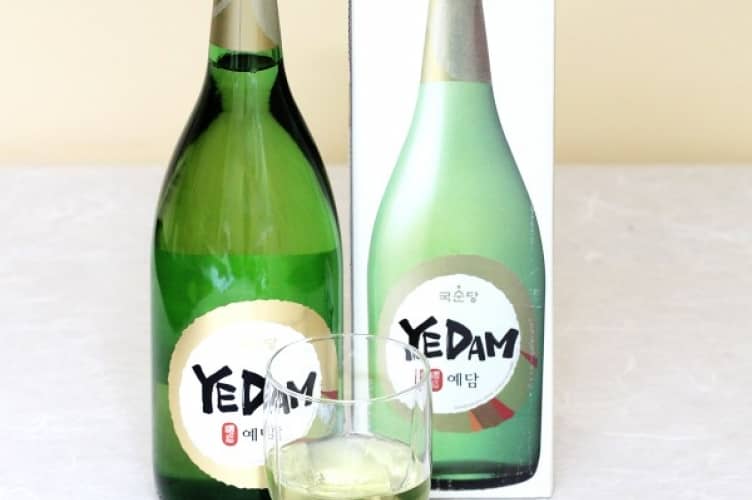Physical Address
304 North Cardinal St.
Dorchester Center, MA 02124
Physical Address
304 North Cardinal St.
Dorchester Center, MA 02124

A Cheongju drink (청주; 淸酒; literally “clear wine”), sometimes referred to as Chungju is a traditional Korean beverage made from rice wine and various herbs and spices. It has a unique and complex flavor that is both sweet and savory, making it a popular choice among both locals and tourists alike.
The ingredients and method of preparation can vary depending on the specific recipe or region, but typically include the following:
To make Cheongju, the first step is to rinse and soak the rice, wheat, and barley in water for several hours. Next, the grains are steamed and mixed with the nuruk, herbs, and spices. The mixture is then placed in a large container and left to ferment for several weeks. Once the fermentation process is complete, the liquid is strained and the remaining solids are pressed to extract the liquid. The resulting liquid is then placed in jars or bottles and left to age for several months. The final product has a high alcohol content, typically around 20%.
It’s important to note that the recipe, the ingredients and the process may vary depending on the region, the recipe and the maker. Also, traditional Chongju is relatively hard to find outside of Korea, and the commercial production may not follow the traditional recipe.
Here are a few ways to enjoy this unique and flavourful beverage:
When pairing with foods, it’s important to consider the flavors of both the food and the drink. Chongju is a sweet, savory and complex beverage, and it pairs well with spicy, salty and savory dishes, such as kimchi, bibimbap, and bulgogi. It’s also a great complement to seafood and grilled meats, which have a strong and savory flavor.
When it comes to cocktails, the possibilities are endless with Cheongju. The high alcohol content and unique flavor profile make it a versatile ingredient that can be used in a variety of cocktails. A simple and popular option is to mix Cheongju with soda water and a squeeze of lemon for a refreshing and light cocktail. Another option is to use Cheongju as a base for a traditional Korean cocktail called “Somaek,” which is a mix of soju and beer.
Cheongju has a relatively high alcohol content (around 20%) so it should be consumed responsibly and in moderation.
While scientific research on the specific health benefits of Chongju is limited, many Koreans believe that it can provide a variety of health benefits.
The high alcohol content of Chongju means that it should be consumed in moderation and not used as a treatment for any specific conditions. As always, it’s important to consult with a healthcare professional before making any changes to your diet or drinking habits.
If you’re looking to try Cheongju for yourself, you can often find it if you visit a Korean restaurant. Many Korean restaurants around the world serve Chongju as part of their traditional Korean meal. It’s a good idea to check with the restaurant if they have it in their menu or if they can provide it as a special order. Another way to find Chongju is to visit a Korean grocery store.
In areas with a significant Korean population, you can find Cheongju at Korean grocery stores, which often carry a variety of traditional Korean products, including rice wine. Online retailers that specialize in traditional Korean products are also a good option to find Cheongju, some popular options include Amazon, E-bay and online Korean grocery stores. Be sure to check the shipping regulations before making your purchase. Specialty liquor stores may also carry a selection of traditional rice wines from different countries, including Cheongju.
However, it’s important to note that traditional Cheongju is relatively hard to find outside of Korea, and the commercial production may not follow the traditional recipe. Also, due to the high alcohol content, it may not be legal to purchase or import in some countries or states. It’s a good idea to check the legal regulations before purchasing or importing any alcoholic beverages.